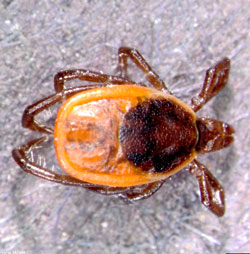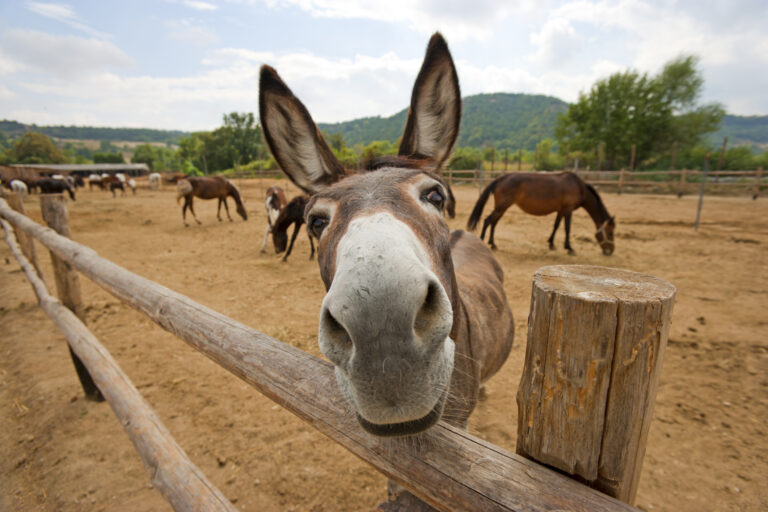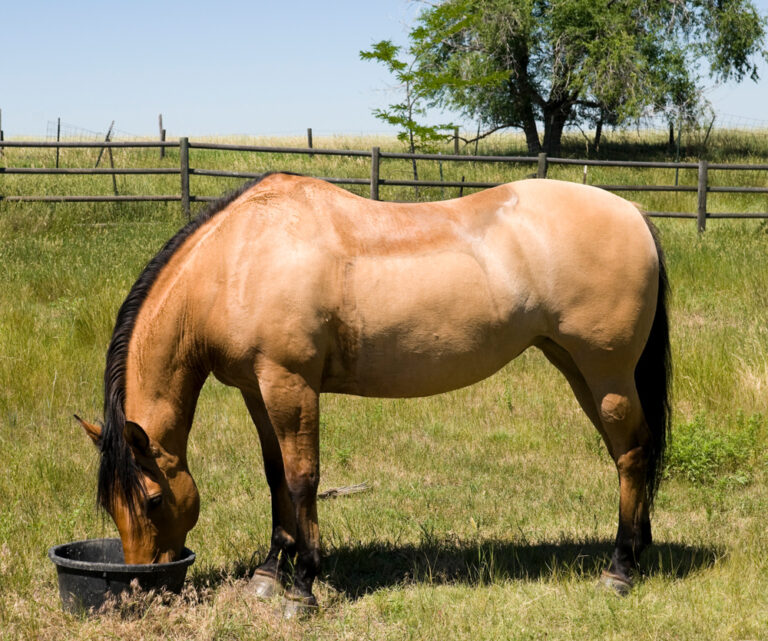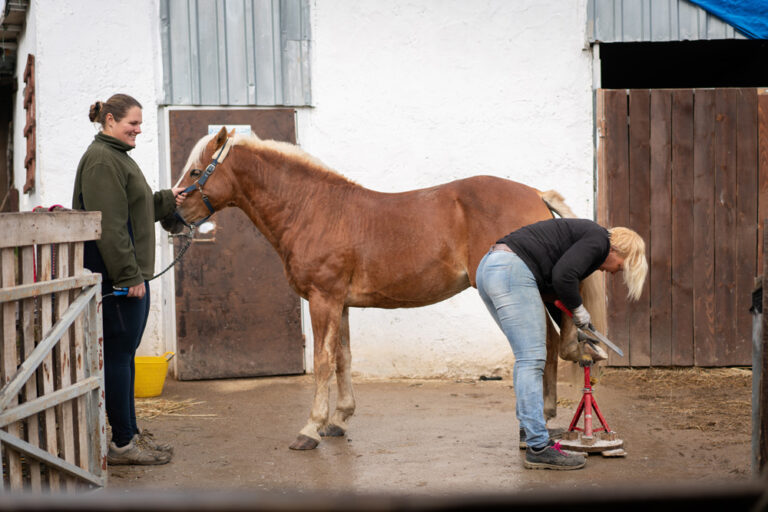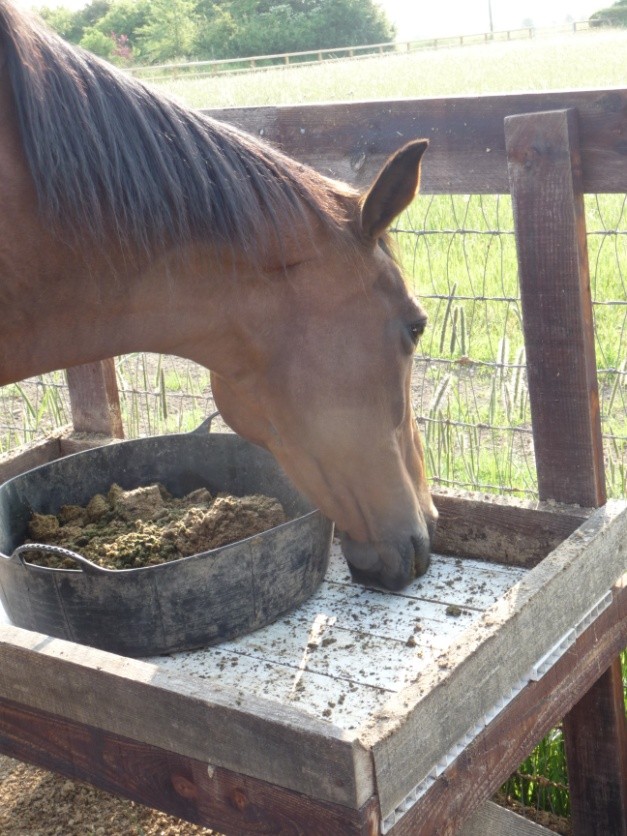Disease transmission risk is higher with longer tick attachment to the horse. Some reports say that tick removal within 24 hours is the key to transmission of infection, especially with Lyme disease. A daily inspection allows you find and remove ticks in a timely fashion.
Horses ridden or living in wooded or shrubby areas need regular tick checks. Use hands and eyes to locate ticks on your horse. Look carefully along the belly, in the groin area (sheath or udder), under the tail and mane, beneath the chin, and within the ‘armpits.’ Also check the ears and throatlatch.
Ticks can attach anywhere. They particularly like the softer, less densely haired areas of the horse, which are often areas that are well-shielded from the environment.
Tick Removal
Remove ticks with care to avoid leaving any mouthparts embedded in the horse’s skin. Using tweezers, grasp the tick’s mouthparts close to the skin and apply gentle traction without twisting. Check that you have indeed removed all mouthparts and the head.
You might want to have the live tick sent to a lab for testing for Lyme disease. Consult with your veterinarian about the logistics of doing this testing. Destry ticks with flame, by immersing them a jar containing alcohol or formalin, by crushing, or by flushing them down the toilet.
Preventing Ticks
Look for insecticides containing active ingredients such as permethrin or cypermethrin. These come in various forms, including wipe-on or spray products, shampoos, or powders applied to a horse’s hair coat. However, they aren’t guaranteed to prevent ticks from attaching, biting, or transmitting disease.
Topical treatments are effective for as long as the insecticide acts as a repellent. Unfortunately, these usually wears off within 4-8 hours.
The AAEP noted that, “orally administered ivermectin is effective againstticks on horses, however the tick must first take a blood meal from the treated horse to be affected by the drug. For tick species that may be capable of transmitting disease within a short period of time after feeding has begun, using oral ivermectin as the sole option for tick control may not mitigate tick-borne disease transmission and additional treatment modalities should be used in conjunction with this method.”
Lyme Disease Canine Vaccines
Researchers have been looking into the canine Lyme disease vaccine for use in horses. It is being used off-label in endemic parts of the country, but research has found that canine Lyme disease vaccines induce only transient and low-magnitude antibody responses in horses.
In general, one should not assume a horse is protected from infection with B. burgdorferi (the causative bacterium of Lyme disease) after receiving any of the three possible canine Lyme disease vaccines.
Further Reading
- Tick-Borne Diseases of Concern in U.S. Horses. Hannah Tiffin, PhD. MySeniorHorse.com
- Equine Insect Repellents for Horses. Dr. Nancy S. Loving. MySeniorHorse.com
- 6 Tips to Decoding a Fly Spray Label. MySeniorHorse.com
- 8 Health Issues for Horses in Summer. MySeniorHorse.com
- Insect Management on a Horse Property. Dr. Nancy S. Loving. MySeniorHorse.com
-
Nancy S. Loving, DVM, was a performance horse horse veterinarian based in Colorado for most of her career. She has a special interest in helping horse owners understand technical veterinary topics and research.View all posts

